OPTIMIZED AND COLONIZED SKIN
A bioremediation system to filter polluted air by using 3D printing on fabric.
ABSTRACT
Air pollution causes more than 7 million deaths every year. Research has shown that indoor air pollution is almost 5 times more than outdoor air pollution. Particulate matter(very fine dust), one of the primary pollutants, can stay in the air for a long time because of its very small size and it causes lung diseases. This study aims to determine how this indoor air pollutant can be neutralized and controlled by using nature-friendly, efficient, and low-cost bioremediation systems. Based on a review of bioremediation examples in architecture, a soft system with textiles is more convenient to apply indoor, because of its lightweight, adaptability, and filtering feature for dust. To prepare the textile for a microorganismal habitation, 3d printers were used to deform and maximize the surface. Each geometric pattern has experimented on the fabric, gave the knowledge to control the material. Choreography is going to be created by the material which is used for 3d printing extrusions such as thermoplastic polyurethane to give reaction to temperature and humidity. The microorganism, Bacillus Subtilis, will find their habitation to grow on fabric’s deformed, protected, and humid surface to metabolize particulate matter and purify the air. It is expected that this project will act holistically as a living form that can react to the environmental changes and trap and digest air pollutants. In the future, it can be developed for further applications for bigger and outdoor scales.
Keywords: 3d printing, Bioremediation, Textile, Air pollution, Filtering
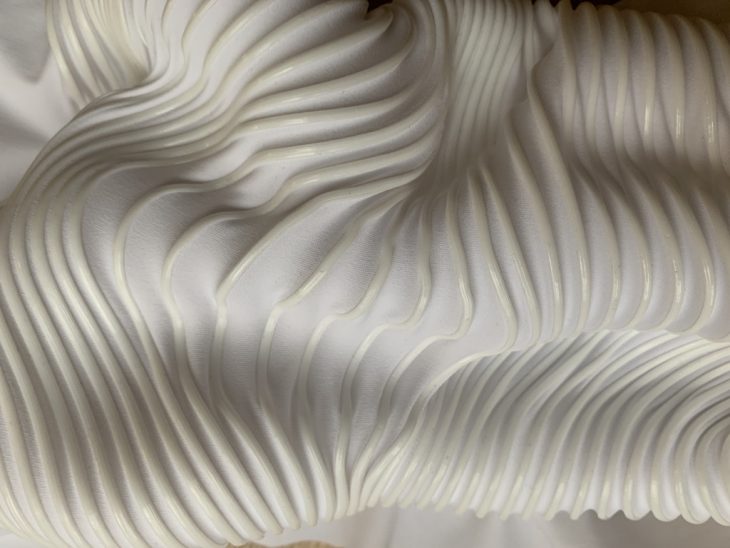
PROBLEM: AIR POLLUTION
PRIMARY AIR POLLUTANTS: NITROGEN OXIDE, VOLATILE ORGANICS, SULFUR OXIDES, PARTICULATE MATTER(FINE DUST).
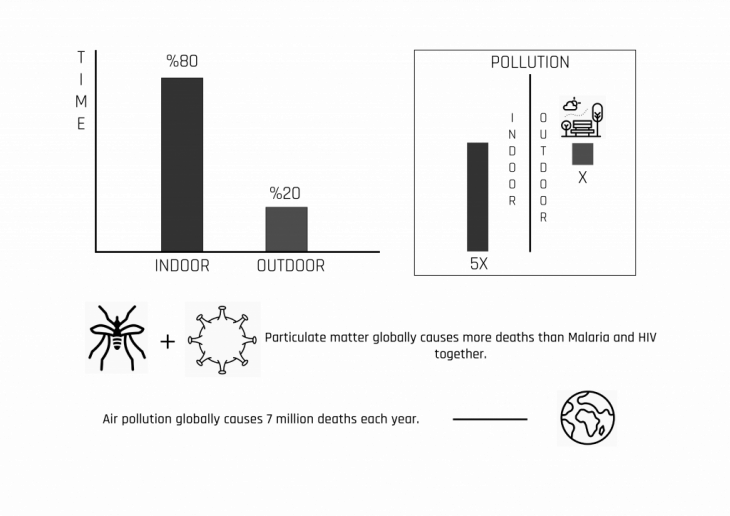
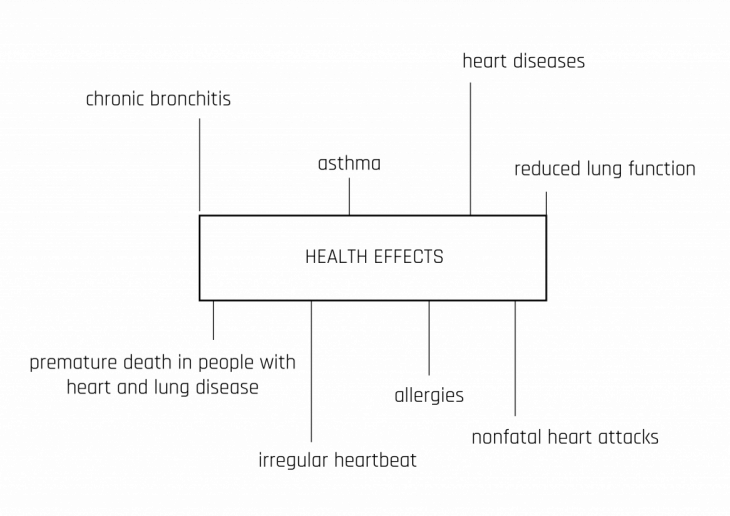
SOLUTION: BIOREMEDIATION
WHAT IS BIOREMEDIATION?
A process that uses microorganisms or their enzymes to treat polluted sites for regaining their original condition (Glazer and Nikaido, 1995).
Bioremediation has good efficiency, minimizes secondary (chemical or biological) wastes, and uses low-cost materials.
SO CAN WE CATCH AND DIGEST PARTICULATE MATTER VIA MICROORGANISMS?
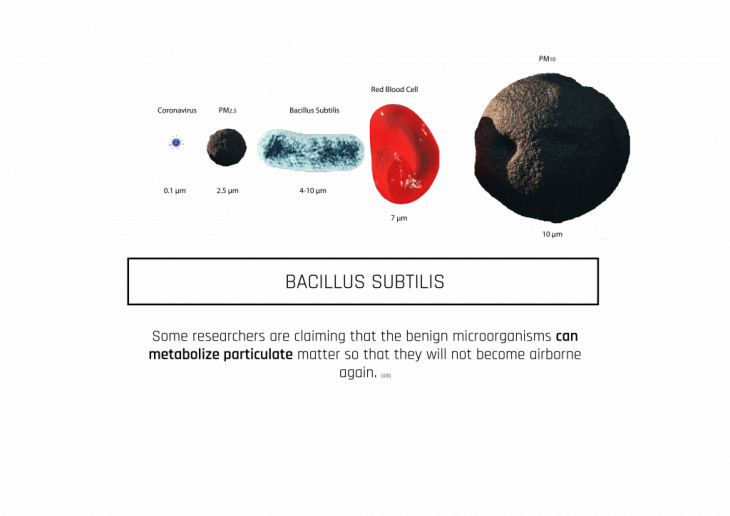
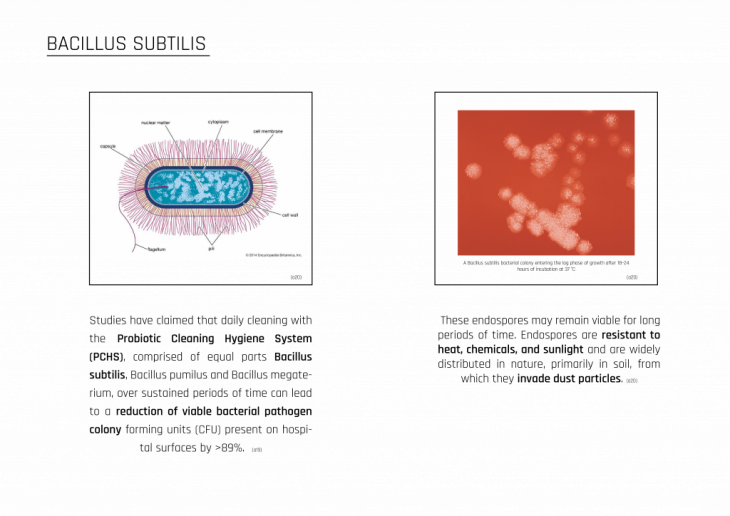
FABRIC COLLABORATION WITH BIOREMEDIATION
WHY FABRIC?
- Low cost
- Flexible
- Filtering
- Adaptable
- Privacy
- Transparent
- Light
- Wind
- Lightweight
HOW CAN WE CREATE A BETTER HABITATION ON FABRIC? – 3D PRINTING
Performance-based design optimization for minimal surface-based form.
MATERIAL: TPU (THERMOPLASTIC POLYURETHANE): Flexible material to extrude on the stretched fabric surface to create 4D printing effect on the fabric.
RESEARCH MAP
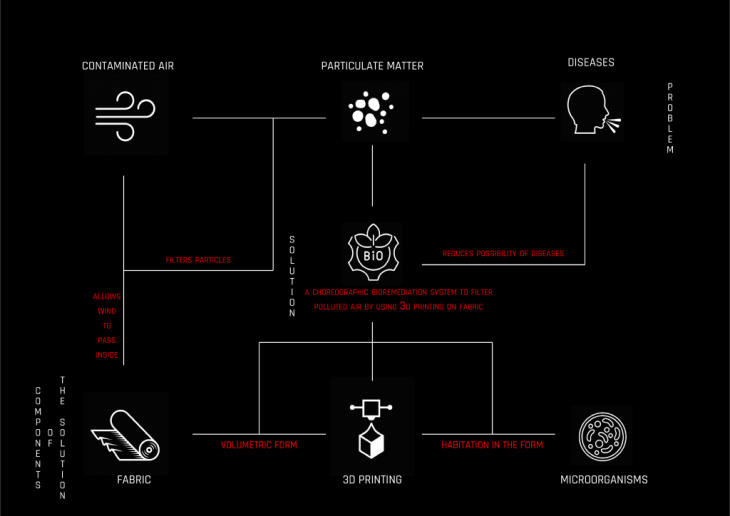
OPTIMIZED FORM FOR HABITATION OF THE MICROORGANISMS ON THE FABRIC SURFACE
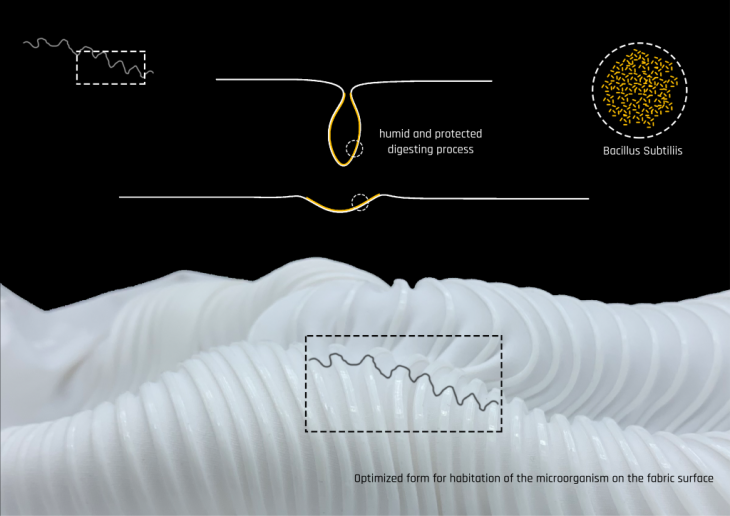
DESIGN REFERENCES – FABRIC FORMS
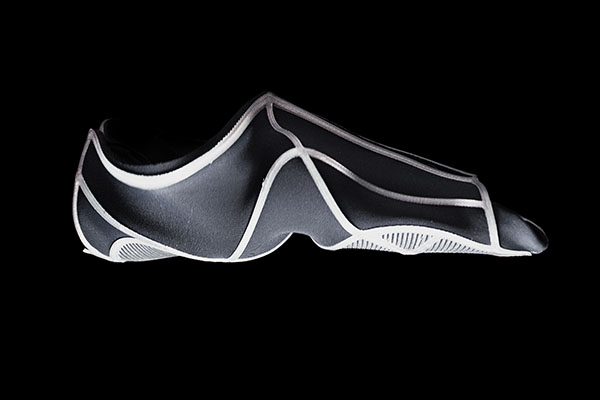
Self Assembly Lab – Active Shoes
“By printing a precise 2-dimensional pattern, the shape of a shoe can self-transform after being released from the machine. Material of varied layer thickness and property is printed onto stretched textiles then released after printing, allowing the shoe to jump into pre-programmed shapes.”
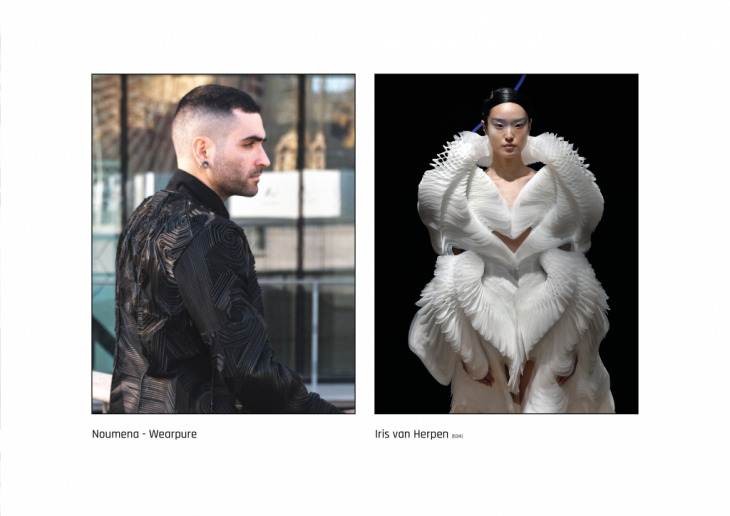
“Noumena- Wearpure“ is a reference for 3d printing on fabric. It absorbs CO2 by the material of the 3d printing material.
Iris van Herpen‘s fashion approach is a reference for the fabric controlling with parametric design and digital fabrication.
STATE OF ART EXPERIMENTS
Auxetic structures to maximize the surface
DESIGN MORPHINE PROGRAMMED DEFORMATION WORKSHOP BUCHAREST/ROMANIA 2020
With Fergal Coulter and Cyprien Kraaijpoel
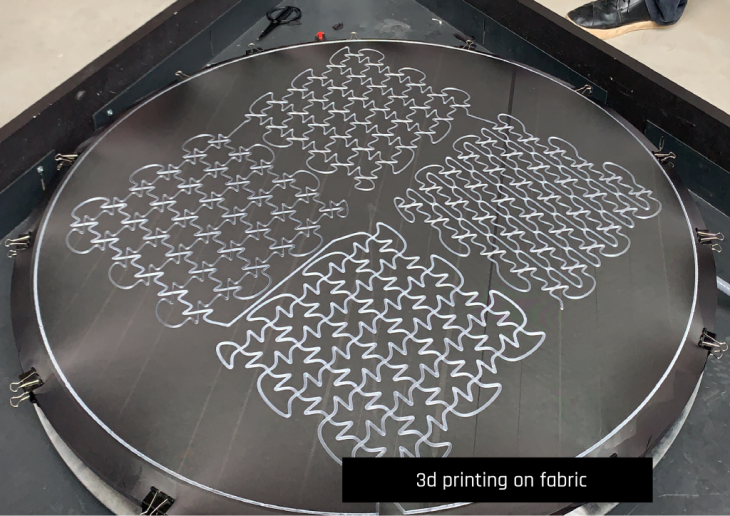
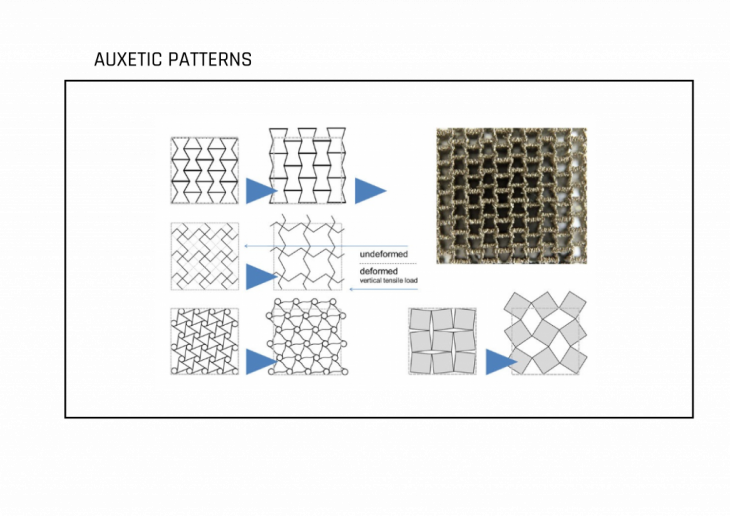
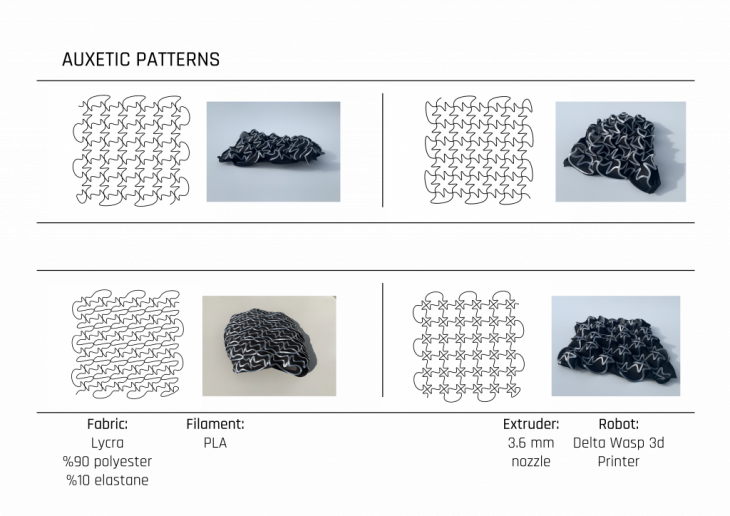
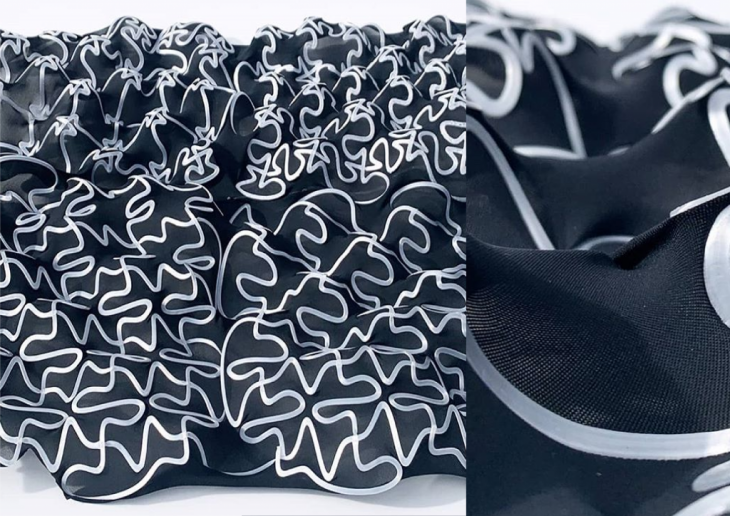
FABRIC CONTROLLING EXPERIMENTS
Linear Structures
Distances between lines and transition of the curvation
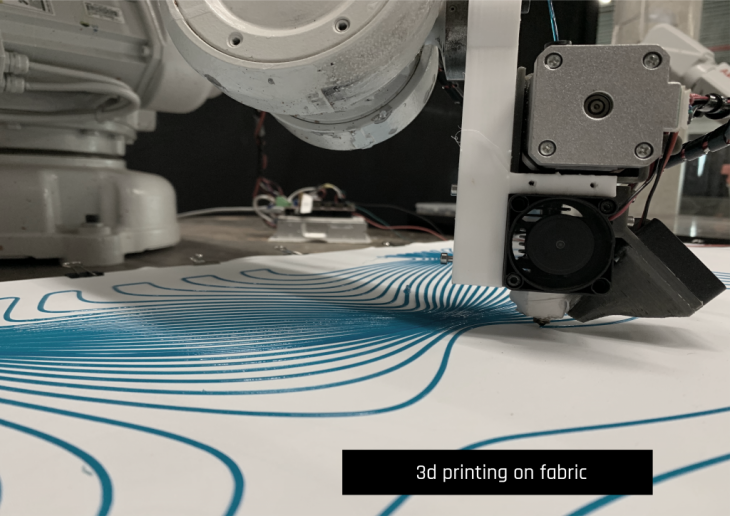
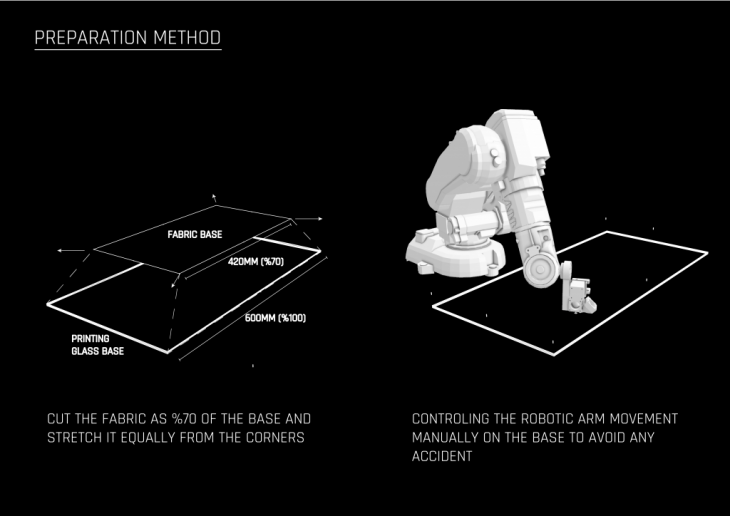
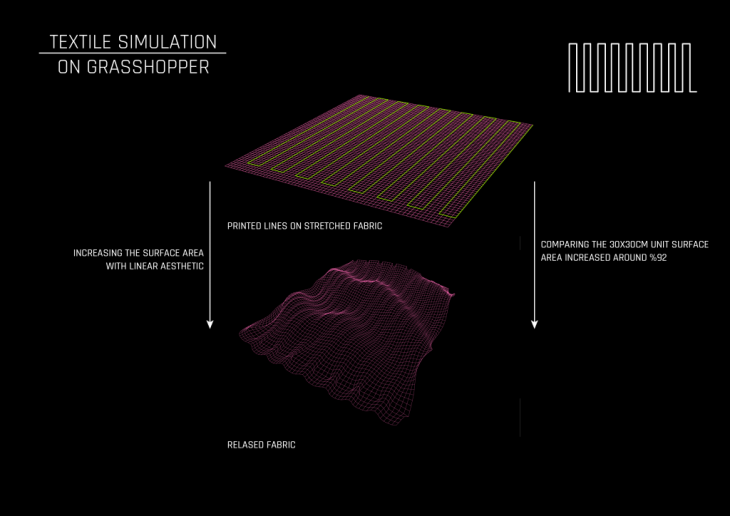
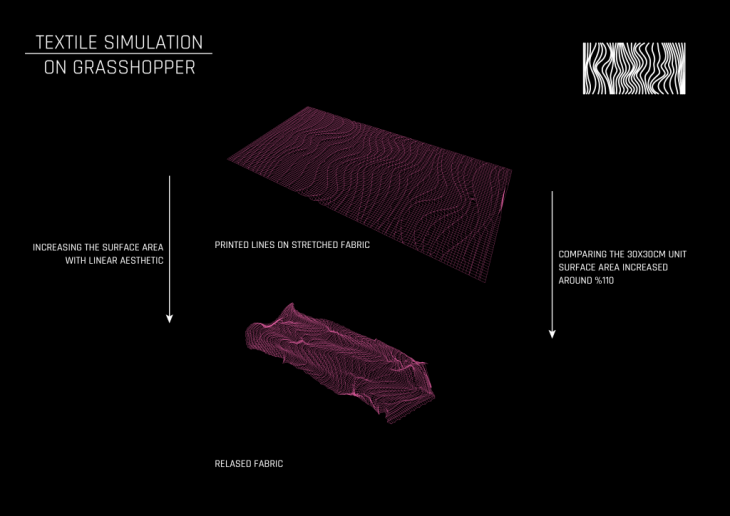
DESIGN PARAMETERS- AIR FLOWS
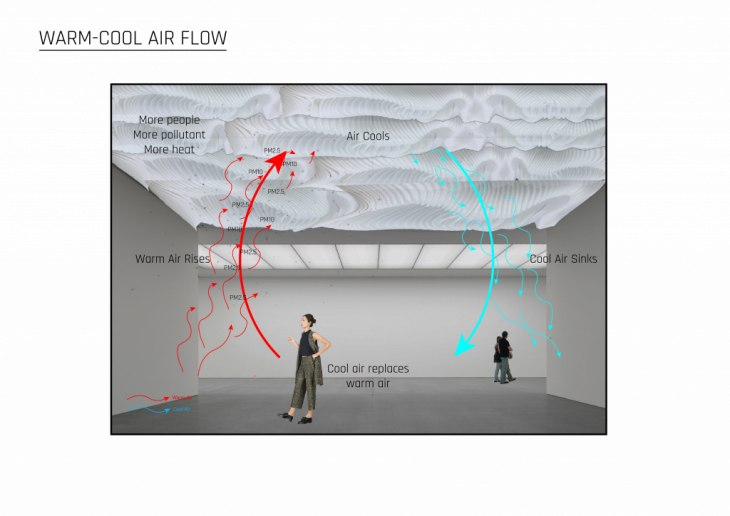
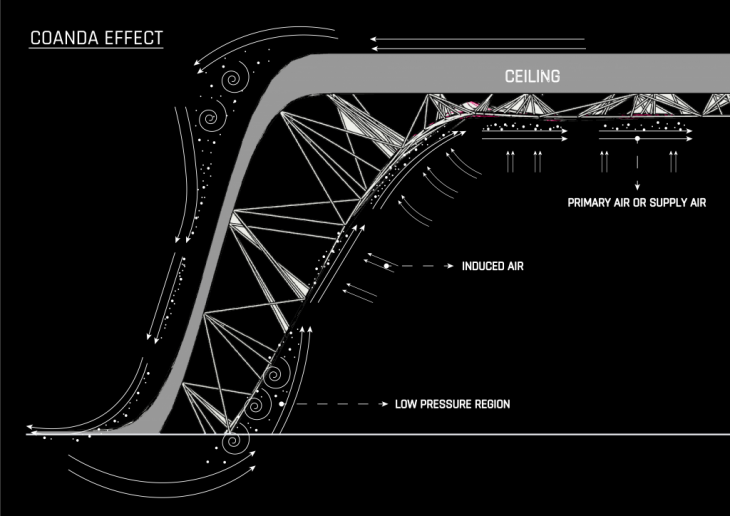
Coanda Effect also is known as the surface effect, is the tendency of a fluid jet to stay attached to a convex surface.
DESIGN REFERENCES- AIR FLOWS
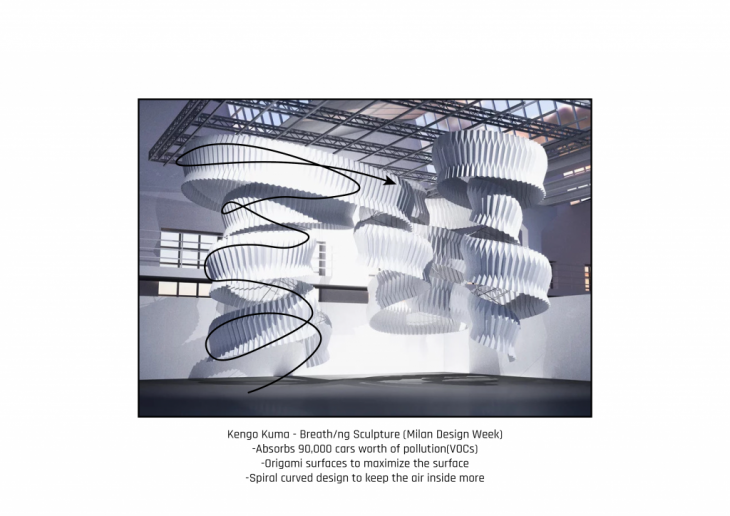
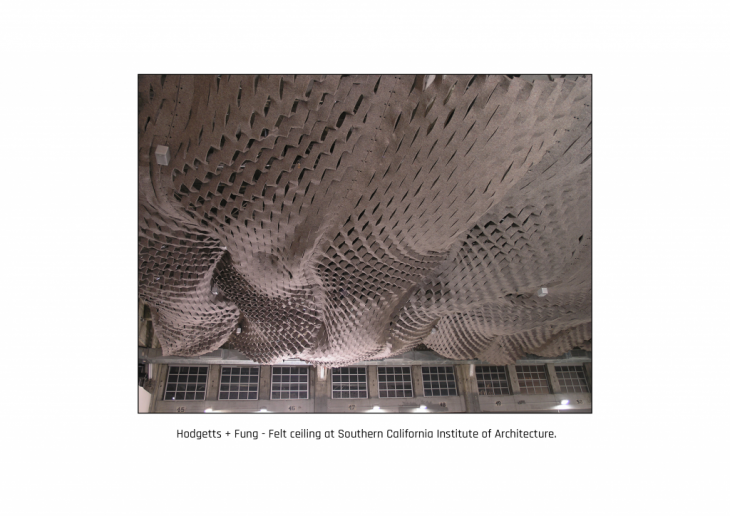
CASE STUDY: BESIKTAS FISH MARKET
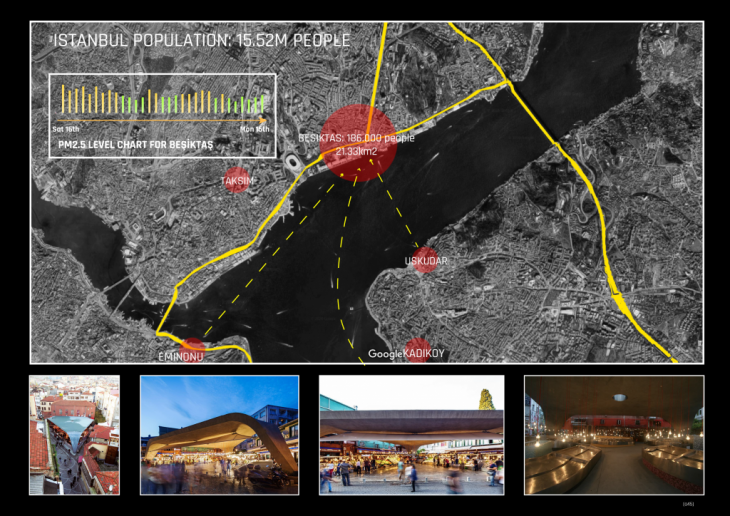
Be?ikta? is one of the most crowded centers in Istanbul. It is in the middle of important centers and it is used for a transportation hub. This causes more air pollutants. People are caring Particulate Matters with them and with the car traffic to the center. PM2.5 level is good for only less than half of the month in Be?ikta?.
Be?ikta? center has a contemporary fish market designed by GAD architecture in Istanbul. This design is a good case study because of its open and curvature design, central location, and humidity level.
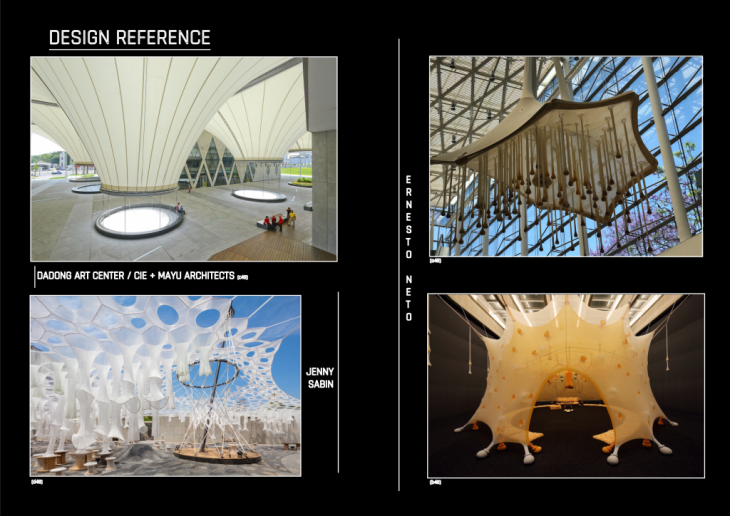
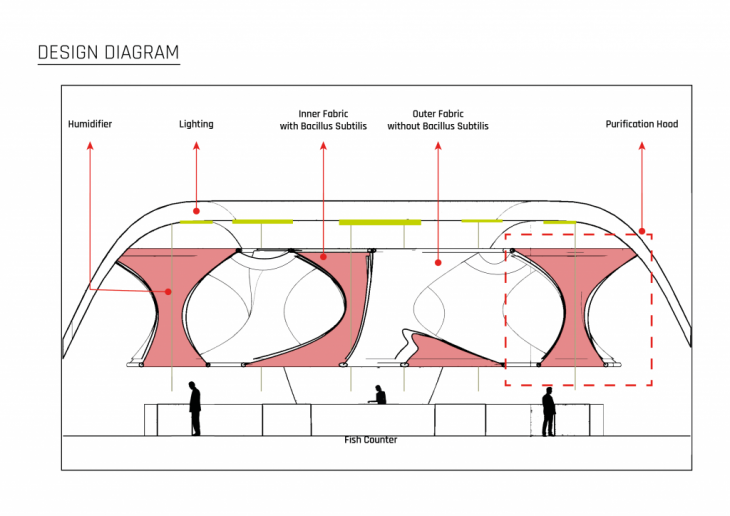
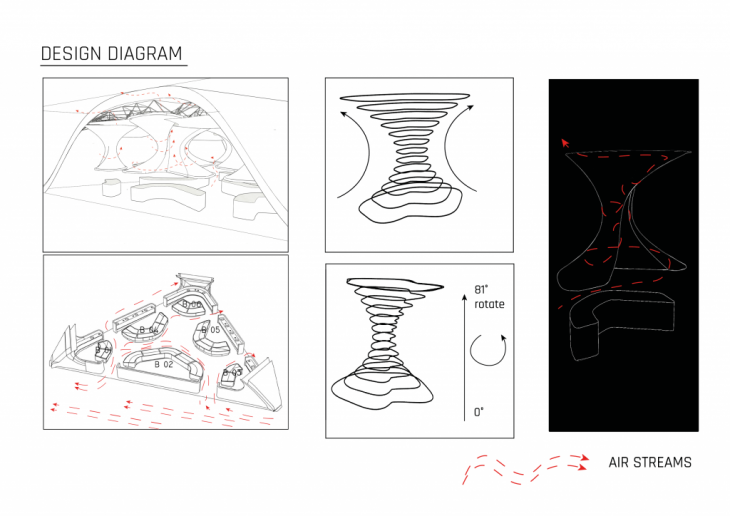
Each hood is located directly above the fish counters. The fish counters’ lines are taken and they are scaled as a concave form to suck the with pressure differences. Then the above lines are rotated to create more curvature surfaces and make the air stay inside for a longer time.
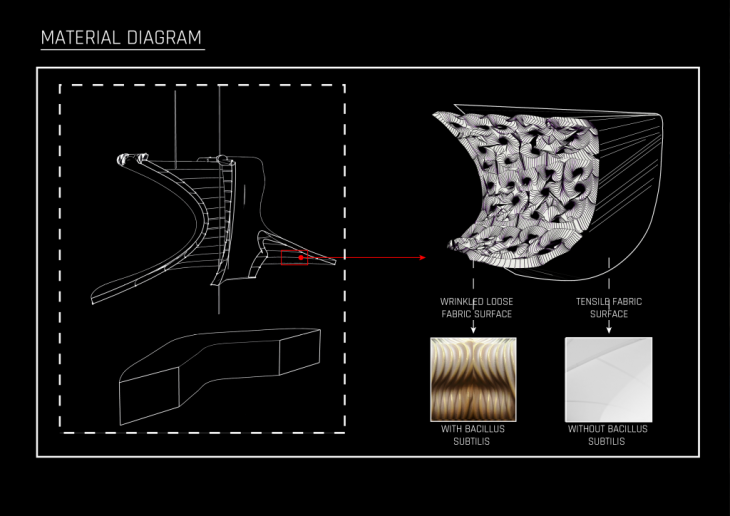
Inside of the hood’s material is the wrinkled loose fabric surface with Bacillus Subtilis and outside of the hood’s material is tensile fabric surface without Bacillus Subtilis. The outer fabric layer is a semi-protection from high radiation levels of the sun and external effects.
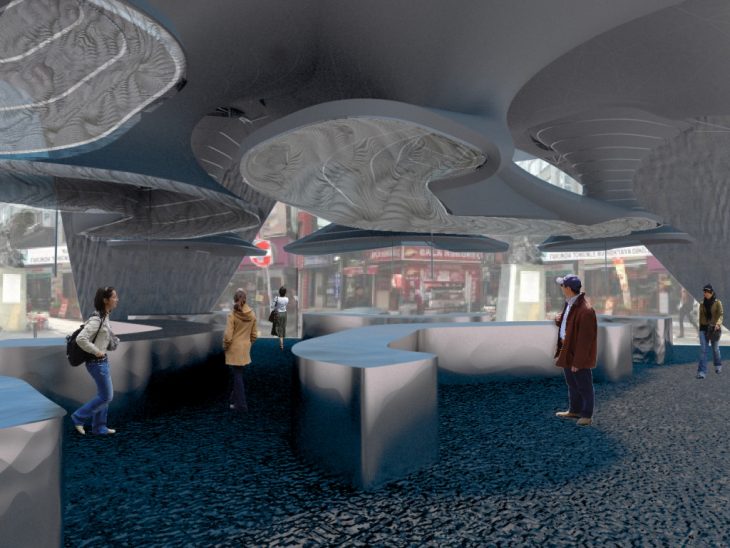
Optimized and Colonized Skin is a project of IAAC, Institute for Advanced Architecture of Catalonia developed in the Master of Advanced Architecture 2019/20 by Students: Hena Micoogullari and Faculty: Marcos Cruz and Kunaljit Chadha, Robot Support: Ricardo Mayor, Biology Support: Nuria Conde Pueyo